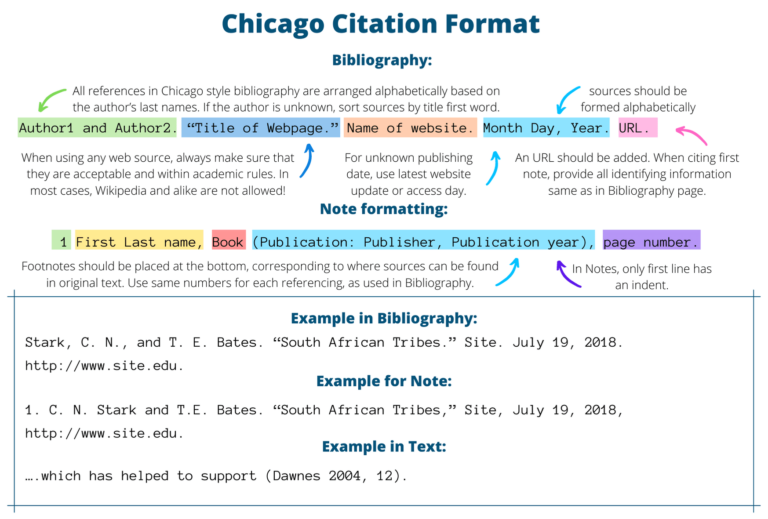
First-name Last-name, “Title of Part, Chapter, Essay, or Short Story,” in Title of Book: Subtitle, ed. First-name Last-name and First-name Last-name, Title of Book: Subtitle (Place of Publication: Publisher, Year), page(s).

First-name Last-name, Title of Book: Subtitle (Place of Publication: Publisher, Year), page(s).Ģ. The break should be made:Īfter a semicolon ( ), colon (:), or double slash (//)īefore a single slash (/), a tilde (~), a period (.), a comma (,), a hyphen (-), an underline (_), a question mark (?), a number sign (#), or a percent symbol (%)īefore OR after an equal sign (=) or an ampersand (&)ġ. Use shortened notes when citing the same source in multiple consecutive footnotes.įollow guidelines for breaking URLs at the end of a line.

Separate the notes from the main text with a short line (or “rule”).Īlways follow the full note format when it is the first note referring to a work. Use regular or smaller text for the notes. Include the note numbers in text as “superscript” numbers that direct readers to the footnote with the same number.īe single-spaced with an indented first line (similar to paragraphs in the main text) and a blank line between notes. Use footnotes unless the professor/department specifies.įootnote style: notes appear at the bottom of the page where the text number appearsĮndnote style: all notes appear in one list at the end of the paper (but before the bibliography)īe numbered consecutively, starting with 1. Notes can be included as footnotes or endnotes. In the text, note numbers are included as “superscript” numbers that direct readers to the footnote/endnote with the same number. Purpose: identifies the work you are quoting, referencing, or paraphrasing so readers can find your sources.


 0 kommentar(er)
0 kommentar(er)
